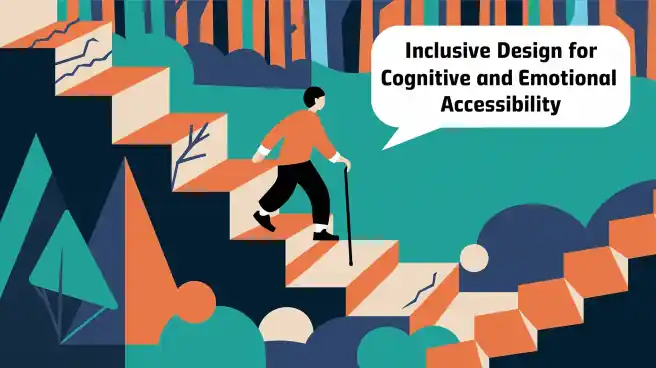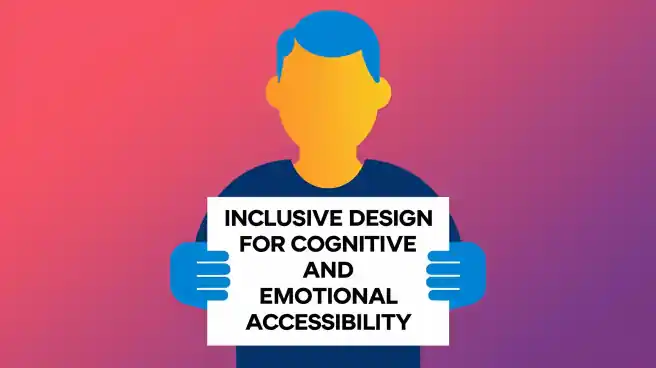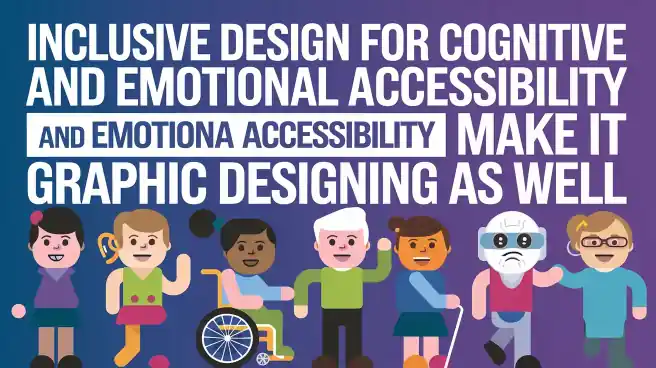Design is more than just visual appeal—it’s about ensuring everyone, regardless of cognitive or emotional abilities, can engage meaningfully with content. Inclusive design for cognitive and emotional accessibility is crucial for creating experiences that are both impactful and accessible. Graphic designers play a key role in crafting designs that accommodate diverse needs, enhancing usability and engagement for all users.

Why Inclusive Design Matters
Inclusive design for cognitive and emotional accessibility is essential. As awareness of mental health and neurodiversity grows, designers must recognize how their work affects all users. Prioritizing inclusive design ensures that visuals are not only attractive but also accessible to everyone, fostering a more inclusive environment.
Key Principles of Inclusive Design

To effectively implement inclusive design for, certain principles should guide your work. Simplicity is crucial—clear, straightforward design helps users with cognitive challenges process information more easily. Consistent layouts and predictable navigation further support accessibility by reducing cognitive load and improving overall user experience.
Practical Tips for Designers

Applying inclusive design for cognitive and emotional accessibility involves practical strategies. Use high-contrast colors to enhance readability and avoid overly complex visuals. Incorporate clear, concise text and avoid jargon to make content more accessible. Providing alternative text for images and using straightforward navigation also play a significant role in creating inclusive designs.
Benefits of Inclusive Design

Adopting inclusive design offers numerous benefits. It enhances user experience by making content more approachable and engaging for a broader audience. By considering the needs of all users, designers can create more effective and empathetic visuals, leading to increased user satisfaction and broader reach.
Future of Inclusive Design
The future will increasingly focus on inclusive design for cognitive and emotional accessibility. As technology and user needs evolve, designers will need to continually adapt and innovate to ensure that their work remains accessible and inclusive. Embracing these principles now prepares designers for a future where inclusivity is integral to all aspects of design.

In conclusion, inclusive design for cognitive is crucial for creating effective and engaging user experiences. By incorporating these principles into your work, you contribute to a more inclusive and empathetic world, where every individual has the opportunity to engage meaningfully with design.